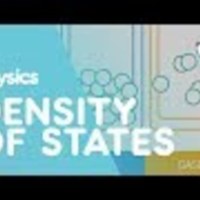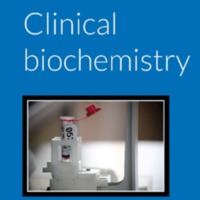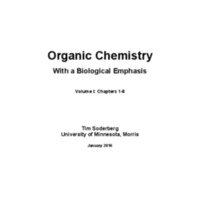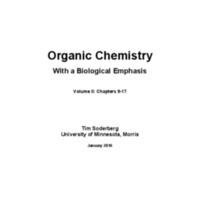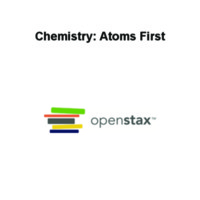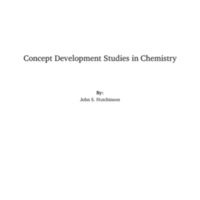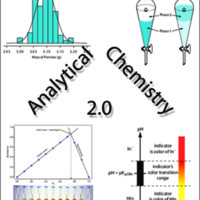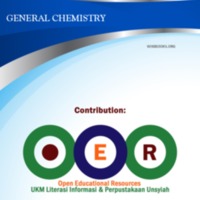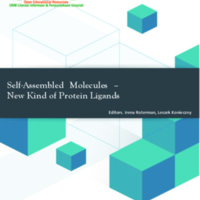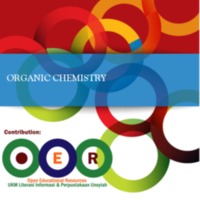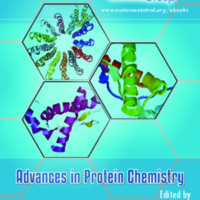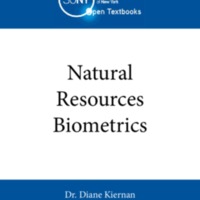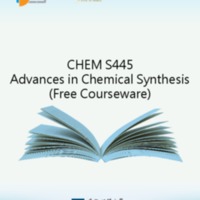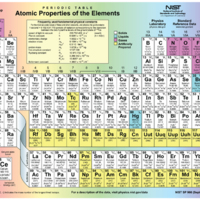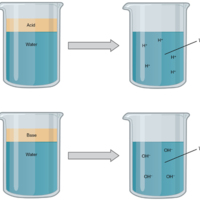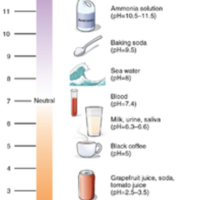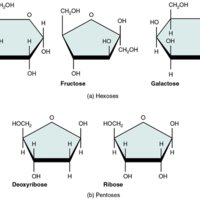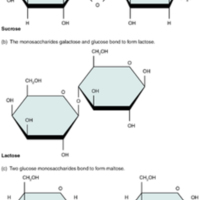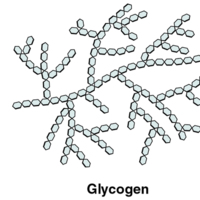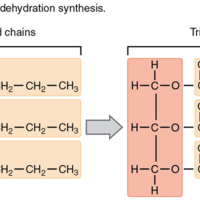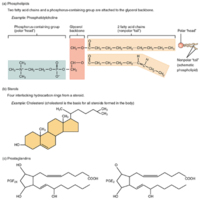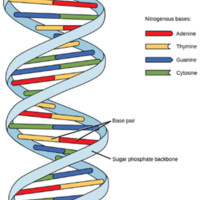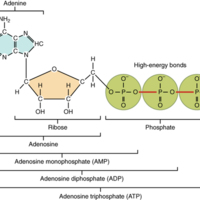Browse Items (31 total)
- Tags: Chemistry
Density of Different States
Plate Tectonics
Tags: Atlantic Ocean, cconvection currents, Chemistry, chemistry help, continental crust, continental drift, convergent boundaries, convergent plate boundary, digital learning, divergent plate boundar, earthquakes, free online education, fuse school, fuseschool, gcse chemistry, glaciers, high school chemistry, hot spots, islands, learn chemistry, mountains, online learning, school chemistry, sediment, subducted, Tectonic plates, volcano
Clinical Biochemistry
analysis of the biological material. In other words, this phase involves an individual’s preparation for collection of the…
Tags: Biochemistry, biology, Chemistry
Concept Development Studies in Chemistry
Tags: Atom, Chemistry, Development Studies, Molecular
Analytical Chemistry 2.0
Tags: Analytical, Chemistry
Hydrocarbon
Tags: Chemistry, Hydrocarbon
Alkanes and Alkenes
Tags: a-levels, Alevels, alkane, alkanes, alkene, alkenes, AQA, bonding, Chemistry, chemistry journey, covalent bonds, double bond, double covalent bond, free online courses, GCSE, global education, hydrocarbo, OCR, Revision, Science, science videos, student videos science, students, the virtual school, video
General Chemistry Principles, Patterns, and
Applications
Thermodynamics and Chemistry
Tags: Chemistry, Thermodynamics
General Chemistry
Tags: Chemistry, General Chemistry
Self-Assembled Molecules – New Kind of Protein Ligands
penetrating in regions which are either naturally unstable or become temporarily accessible due…
Chemistry
Tags: Chemistry
Natural Resources Biometrics
Tags: Biometrics, Chemistry, Statistics
Advances in Chemical Synthesis
compounds containing carbon. It is so important because millions of compounds that contain carbon are related to our daily lives, so organic chemistry has many…
Tags: Chemical Synthesis, Chemistry
The Periodic Table of the Elements
Tags: Chemistry, Elements, Periodic Table, Science
Monosaccharides
The remaining…
Disaccharides
Tags: anatomy, Chemistry, Disaccharides
Polysaccharides
Starches are polymers of glucose. They occur in long chains called amylose or branched chains called amylopectin, both of which are…
Tags: anatomy, Chemistry, Polysaccharides
Triglycerides
Tags: Chemistry, Triglycerides
Other Important Lipids
Tags: Chemistry, Lipids, Phospholipids
Adenosine Triphosphate
Tags: Adenosine Triphosphate, anatomy, Chemistry
Properties and Chemistry of Benzene | Chemistry for All | The Fuse School
Tags: Chemistry, fuseschool


